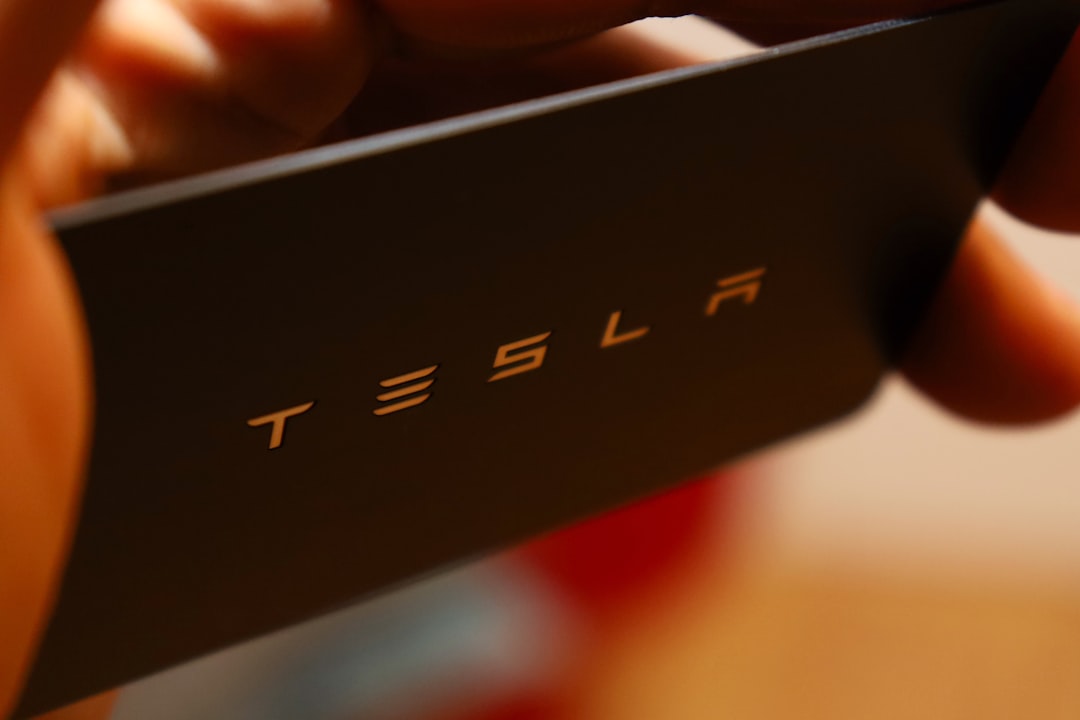“`html
Tesla’s Solid-State Battery: A Revolution on the Horizon?
Tesla has just dropped a bombshell: a working prototype of a solid-state battery. This isn’t just another incremental improvement; it’s a potential paradigm shift in battery technology, and it could redefine the future of electric vehicles (EVs) and beyond. Let’s dive into why this matters, what it means, and where we’re headed.
What is a Solid-State Battery?
Traditional lithium-ion batteries, the kind powering most EVs and smartphones today, use a liquid electrolyte to shuttle lithium ions between the anode and cathode. This liquid is flammable and prone to leaks, contributing to safety concerns and limiting energy density. Solid-state batteries replace this liquid with a solid electrolyte, offering a host of potential advantages:
- Enhanced Safety: Solid electrolytes are generally non-flammable, significantly reducing the risk of fires and thermal runaway.
- Higher Energy Density: Solid-state batteries can potentially pack more energy into a smaller space, leading to longer driving ranges for EVs.
- Faster Charging: The solid electrolyte can facilitate faster ion transport, enabling quicker charging times.
- Improved Stability: Solid-state batteries are typically more stable and durable than their liquid electrolyte counterparts, leading to longer lifespans.
- Smaller Size and Weight: The elimination of bulky safety components associated with liquid electrolytes can lead to smaller and lighter battery packs.
Why Tesla’s Solid-State Battery Matters
Tesla’s foray into solid-state battery technology is significant for several reasons. Firstly, Tesla’s track record of innovation in battery technology is well-established. They have consistently pushed the boundaries of battery performance and cost-effectiveness. Their involvement lends credibility to the solid-state approach.
Secondly, the potential benefits of solid-state batteries align perfectly with Tesla’s goals of creating more affordable, safer, and higher-performing EVs. Imagine a Tesla with a significantly longer range, that charges in minutes, and is less prone to catching fire. That’s the promise of solid-state technology.
The Impact on Electric Vehicles
The implications for the EV market are profound. Here’s a breakdown:
- Increased Adoption: Range anxiety is a major barrier to EV adoption. Solid-state batteries, with their higher energy density, can alleviate this concern.
- Lower Costs: While initially expensive to manufacture, solid-state batteries have the potential for cost reduction as production scales up. This could make EVs more accessible to a wider range of consumers.
- Enhanced Performance: Faster charging times and improved durability will further enhance the appeal of EVs.
- Competitive Advantage: Companies that successfully commercialize solid-state batteries will gain a significant competitive edge in the rapidly growing EV market.
Beyond Electric Vehicles: Energy Storage Solutions
The benefits of solid-state batteries extend beyond transportation. They have the potential to revolutionize energy storage solutions for homes and businesses. Solid-state batteries can provide more efficient and reliable storage for renewable energy sources like solar and wind, contributing to a more sustainable energy future. Imagine a home powered entirely by solar energy, with excess energy stored in a compact, safe, and long-lasting solid-state battery. This technology is poised to transform how we generate, store, and consume energy.
The Challenges Ahead
Despite the immense promise, significant challenges remain before solid-state batteries become widely available. Here are some key hurdles:
- Manufacturing Scalability: Producing solid-state batteries at scale is a complex and expensive process. Developing efficient and cost-effective manufacturing techniques is crucial.
- Material Science: Finding the right solid electrolyte material that offers high conductivity, stability, and compatibility with other battery components is an ongoing challenge.
- Cost: Solid-state batteries are currently more expensive than traditional lithium-ion batteries. Reducing the cost of materials and manufacturing is essential for widespread adoption.
- Durability and Longevity: Ensuring that solid-state batteries can withstand thousands of charge-discharge cycles without significant degradation is critical for long-term viability.
The Future Outlook
The race to commercialize solid-state batteries is on. Tesla is not alone in pursuing this technology. Major automakers like Toyota and Volkswagen, as well as battery manufacturers like QuantumScape, are heavily invested in solid-state battery research and development. According to reports, Toyota aims to launch EVs with solid-state batteries as early as 2027. You can read more on that from news outlets like Reuters.
Key Trends to Watch
- Material Science Breakthroughs: Expect to see continued advancements in solid electrolyte materials, leading to improved performance and cost-effectiveness.
- Manufacturing Innovations: New manufacturing techniques will emerge to streamline the production of solid-state batteries at scale.
- Partnerships and Collaborations: Automakers and battery manufacturers will continue to collaborate to accelerate the development and commercialization of solid-state batteries.
- Government Funding and Support: Governments around the world are investing heavily in battery technology research and development, including solid-state batteries.
Tesla’s solid-state battery prototype represents a significant step forward in the quest for better batteries. While challenges remain, the potential benefits of this technology are undeniable. The future of electric vehicles and energy storage is likely to be powered by solid-state batteries, and the next few years will be crucial in determining who leads the charge. The BBC also covered research around this topic. You can find it at BBC News. Keep an eye on The Verge’s tech section for the latest developments.
“`

